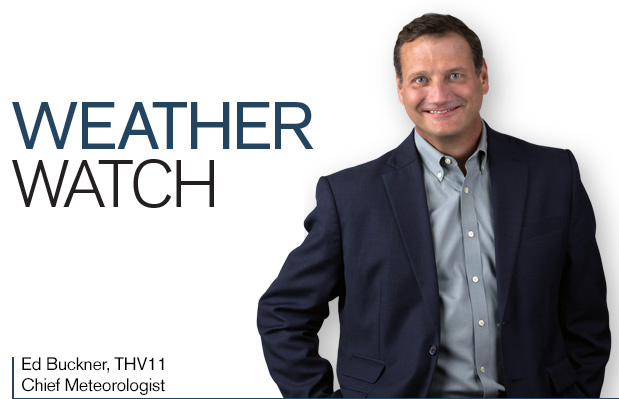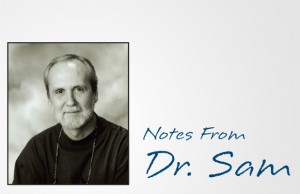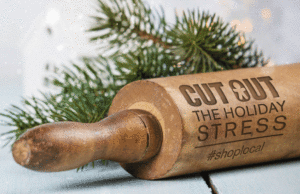When Arkansas Shakes & Quakes – Pt. 2

In the last issue we revealed eyewitness accounts of the great earthquake and series of aftershocks along the New Madrid fault that spanned December 1811 through February of 1812. We learned about the history of the fault dating from 1699, and the probability and potential destruction of a modern day 7.7 magnitude quake.
According to the studies, an earthquake of this magnitude would affect vital infrastructures including water distribution, and transportation systems. It’s estimated that the New Madrid Seismic Zone would sustain damage to roughly 700,000 buildings, 7.2 million people would be displaced and over 3,000 lives lost.
The United States Geological Survey believes there is a 7-10% chance of an earthquake the size of the 1811 quake within the next 50 years, and a 25-40% chance of a 6.0 magnitude within the same time period.
The Arkansas Department of Emergency Management has extensive information about earthquake precautions and preparedness at adem.arkansas.gov/earthquake. I advise everyone to visit that site to learn more, but until then, here are a few things you need to know.
Before
Assess your home and its contents to make sure your surroundings are as safe as possible in the event of an earthquake. Things to address would be a faulty foundation anchoring system, weak crawl space walls or masonry walls that are not reinforced. Be sure to secure heavy objects in your home that can move or fall, and ensure that plumbers have installed flexible connectors on all gas appliances.
Educate your family on earthquake safety by conducting family drills and identifying the safest places to “drop, cover and hold on” in each room of your home.
Assemble and maintain a household emergency supply kit and be sure that all family members know where to find it. Earthquake Safety Checklist (FEMA 526), provided online by the Federal Emergency Management Agency, provides a printable, comprehensive inventory checklist for earthquake preparedness.
It is always a good idea to receive training in first aid and CPR and confirm that family members know how to use your home fire extinguisher and shut off utilities if needed.
During
During the earthquake the best protective measure is to drop to the ground, cover yourself (especially your head) with something sturdy, and hold on until the ground stops shaking. Reacting safely will reduce your chances of being injured.
After
Once the earthquake is over, check for injuries among your family and neighbors; administer first aid and call for emergency medical assistance if needed. Respond promptly and appropriately to small fires, broken water lines, downed electrical lines and gas leaks, and keep in mind that aftershocks may strike at any time.
According to Melody Daniel, Deputy Public Information Officer at the Arkansas Department of Emergency Management, awareness is key. “The single most important thing people can do in Arkansas is to understand that there IS a threat for earthquakes to occur here. Outside of that, participating in ShakeOut (ShakeOut.org) and understanding that even though ShakeOut is an earthquake drill, the actual purpose is to increase overall and total preparedness.
“So, if you add earthquake to your personal hazard/emergency preparedness plan, and consider earthquakes to be the ‘most likely worst-case scenario’, then you are going in the right direction.”
The tenth-deadliest disaster in history occurred on December 26, 2004 – a 9.3 earthquake in the Indian Ocean followed by a tsunami that killed over 227,000 people. I think it’s an odd coincidence that both the Indian Ocean event and the largest earthquake ever to hit in our area were both in December. While the odds are low it will happen again, please take the time to make sure you and your family are ready for any eventuality ν









0 comments